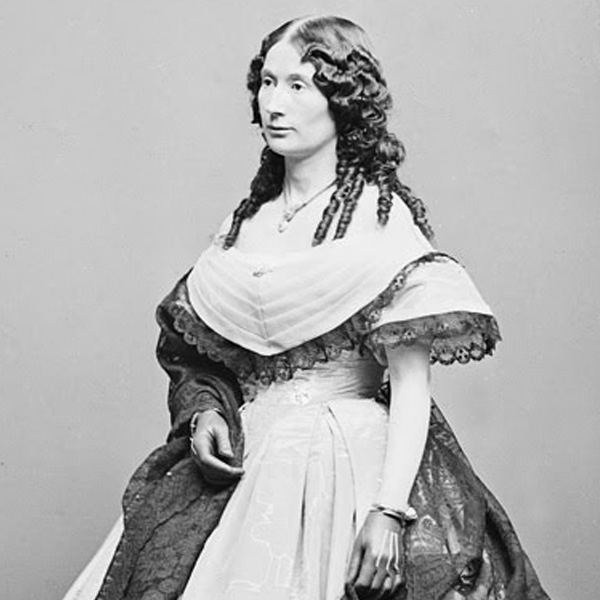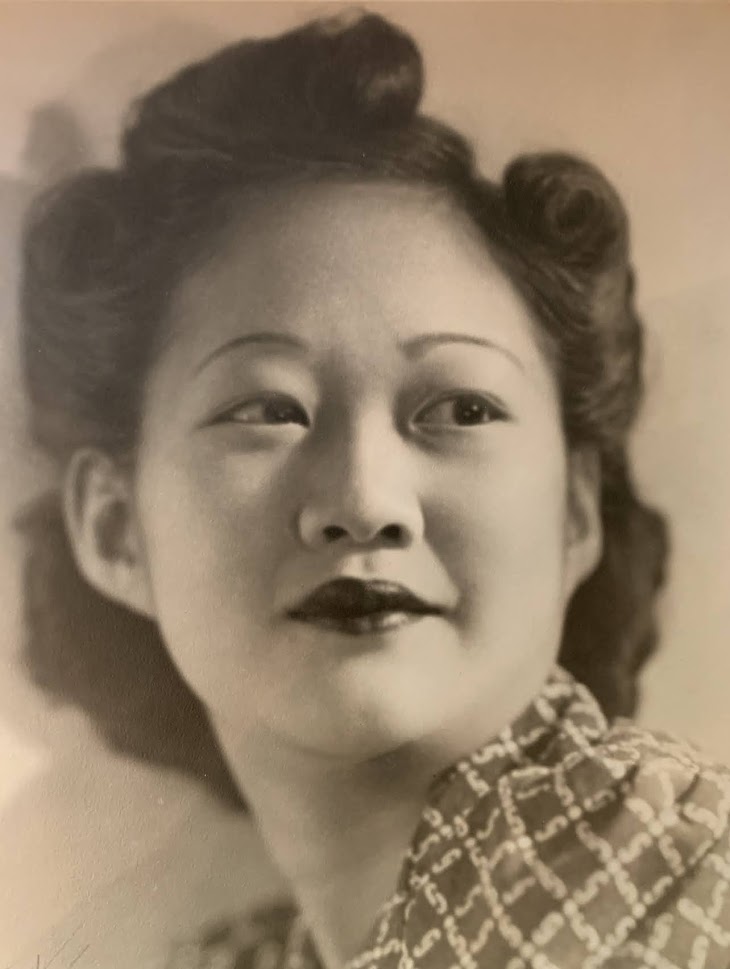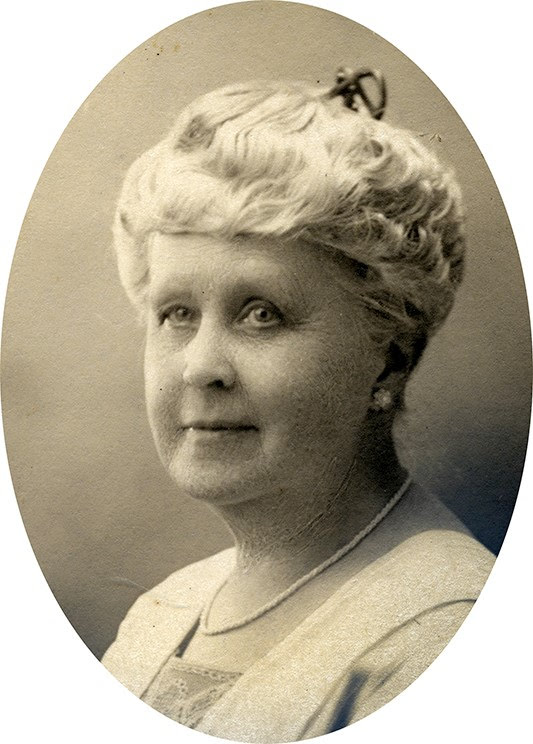Philanthropist Amelia Hickling Jones (1849-1935) focused on giving that benefited children. Amelia donated $1,000,000 and the family’s Dartmouth farm to St. Luke’s Hospital in 1923 for a children’s hospital, Sol e Mar. Amelia lived at the Jones mansion (now The Rotch-Jones-Duff House & Garden Museum) for 85 years.

Citation: “Photo of Amelia at Rotch-Duff-Jones House ,” Albumen Print, New Bedford Whaling Museum, 2000.100.1309
Philanthropist Amelia Hickling Jones (1849-1935) focused on projects that benefited the area’s children. Born in 1849 during the golden age of whaling, Amelia was the daughter of Edward Coffin Jones, one of New Bedford’s most successful whaling merchants. Her mother, Emma Chambers Nye, was born and raised on St. Michael, Azores. In 1851, Emma and Edward Jones moved into the mansion at 396 County Street (now The Rotch-Jones- Duff House & Garden Museum) with Amelia and her two sisters. Nine months later, Emma gave birth to a fourth daughter Sarah. That same year, Amelia’s mother and oldest sister died of scarlet fever. No doubt this tragic loss, coupled with the great love that Edward Coffin Jones bestowed on his surviving children, engendered an abiding empathy for those less fortunate and the philanthropic generosity that characterized Amelia’s life. Edward doted on his three daughters, took them on trips, wrote to them when he was away, and returned with gifts. Amelia remained in New Bedford and lived at the Jones mansion for 85 years.
Amelia attended Friends Academy and studied history, grammar, German, and French. She took lessons in voice, piano and sewing. She became a prominent woman in the community supporting the arts, theater, and benevolent causes. By the age of 32, while a board member of the New Bedford Orphans Home, Amelia took on her most renowned project, the Sol e Mar Hospital for children.
This new hospital in Dartmouth was inspired by Amelia’s childhood trip with her father to Portugal, where she visited a children’s hospital named Sol e Mar, Portuguese for “sun and sea.” Impressed by the Portuguese hospital that used natural treatments for children, Amelia donated $1,000,000 and the family’s 166-acre Dartmouth farm to St. Luke’s Hospital in 1923 for the children’s hospital. Sol e Mar Hospital opened in 1924 to serve children ages 2 to 14 who suffered from infantile paralysis, rickets, scoliosis, osteomyelitis, and other conditions. It was staffed with doctors, nurses, assistants, and teachers, and free care was given to those who could not afford to pay. Sol e Mar used a holistic approach, including sun and salt water therapies as well as a nutritional program of fresh fruits and vegetables. The hospital offered tutoring to make sure that the children continued to learn as they recuperated. Over the years its capacity grew from 40 to 80 children, admitted from New Bedford and surrounding towns. With advancements in pediatric medicine requiring fewer hospitalizations, Sol e Mar closed in 1953 after nearly 30 years of operation.
The Amelia Hickling Jones Papers, part of the Jones Family Papers at the New Bedford Whaling Museum Research Library, include Amelia’s diaries from 1872 through 1935, a memoir of her father written by Amelia in 1899, and a memoranda book of inventories and expenses for her New Bedford home and Dartmouth farm. Amelia’s early diaries, written in her early to mid-20s, document singing class, sewing class, subjects studied (history, German, French), Shakespeare Club, walks downtown, visits to Boston, and a trip to Fayal, Azores by ship, where she experienced “my lost breakfast on deck.” In her “Memories of Edward C. Jones,” written to keep her father’s memory alive for his grandchildren, Amelia aimed to “show you something of the man who filled the places of father, mother and friend towards his three children through all their childhood and youth.” Her memoranda book shows her active role at Sol e Mar, with lists for farm vegetables to be canned and its employee wages. A combined diary, dated 1934 and 1935, describes meetings at and visits to Sol e Mar Hospital.
Amelia died in 1935 at the age of 86. Her only permanent residence, the mansion at 396 County Street, was sold the following year.
Ann O’Leary, Emily Bourne Research Fellow, edited by Kate Corkum
Information from
-
“The Families.” The Rotch-Jones- Duff House & Garden Museum, http://rjdmuseum.org/the-families/.
-
Lister, Lila. “Hospital on Farm Land Helped Cure Children.” SouthCoast Today, 6 Dec. 1998, http://www.southcoasttoday.com/article/19981206/NEWS/312069974.
-
New Bedford Whaling Museum Research Library Mss 72. Jones Family Papers, Sub-group 4: Amelia Hickling Jones Papers. https://www.whalingmuseum.org/collections/highlights/manuscripts/mss-72/#series4
-
Thomas, Joseph D., et al., editors. “Amelia H. Jones.” A Picture History of New Bedford, Volume One, 1602-1925. Spinner Publications, 2013, p. 289.
![Allen & Rowell, “[Amelia Jones],” c. 1889-1892. Carte-de-visite, 2.25 x 3.75 inches, New Bedford Whaling Museum, 2000.100.1305 Alt text](https://historicwomensouthcoast.org/wp-content/uploads/2022/03/Amelia-Jones-Profile-200x200-1.jpeg)




